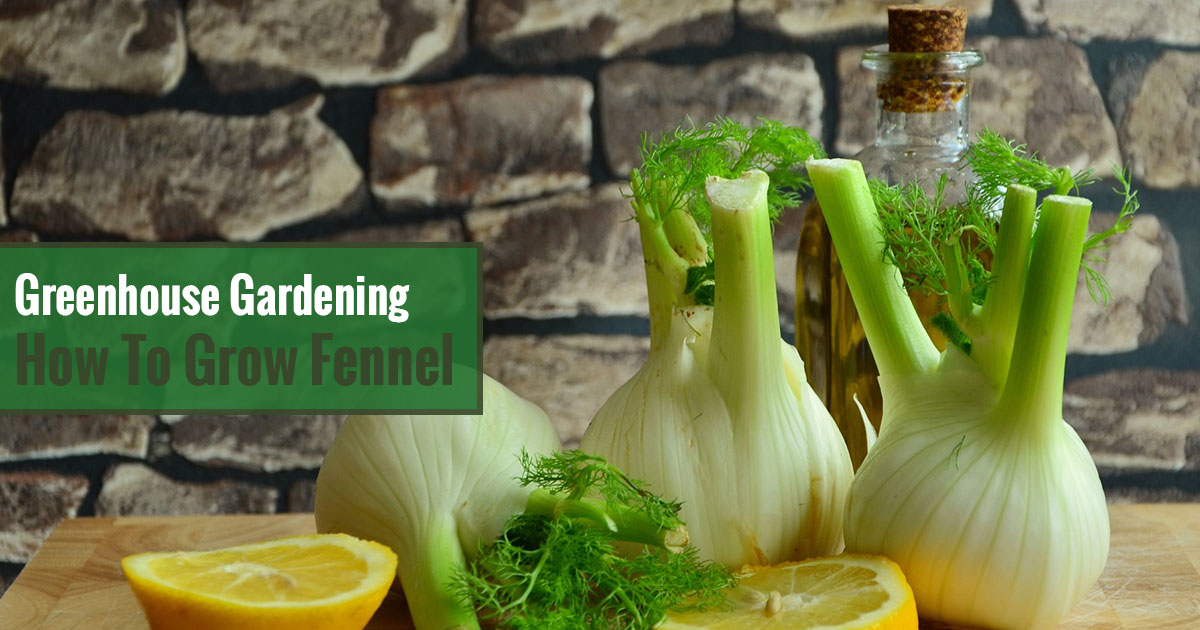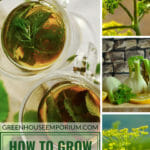

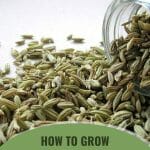


Fennel may not immediately garner the same excitement as other common herbs such as basil or thyme, but it’s nevertheless a valuable addition to the greenhouse garden. Not only is it delicious and fragrant, but it’s full of valuable minerals and nutrients. When grown in the garden, fennel attracts beneficial insects and helps keep pests at bay.
There are two main types of fennel: herb fennel and bulb fennel. Both types of fennel can thrive in your greenhouse as long as you keep it from overheating. Herb fennel tends to be slightly easier to grow in a greenhouse, but don’t let that stop you from growing bulb fennel!
If you’ve always wanted to try growing fennel in your greenhouse, but have been reluctant to give it a try, you’ve come to the right place. In this article we’ll walk you through everything you need to know to start growing fennel in your greenhouse.
Why grow fennel in your greenhouse?
Fennel (Foeniculum vulgare) is a flowering aromatic herb grown for its seeds, bulbs, and even its feathery leaves. Fennel belongs in the Apiaceae family, or the parsley family, so it’s related to other culinary favorites such as carrots and celery.
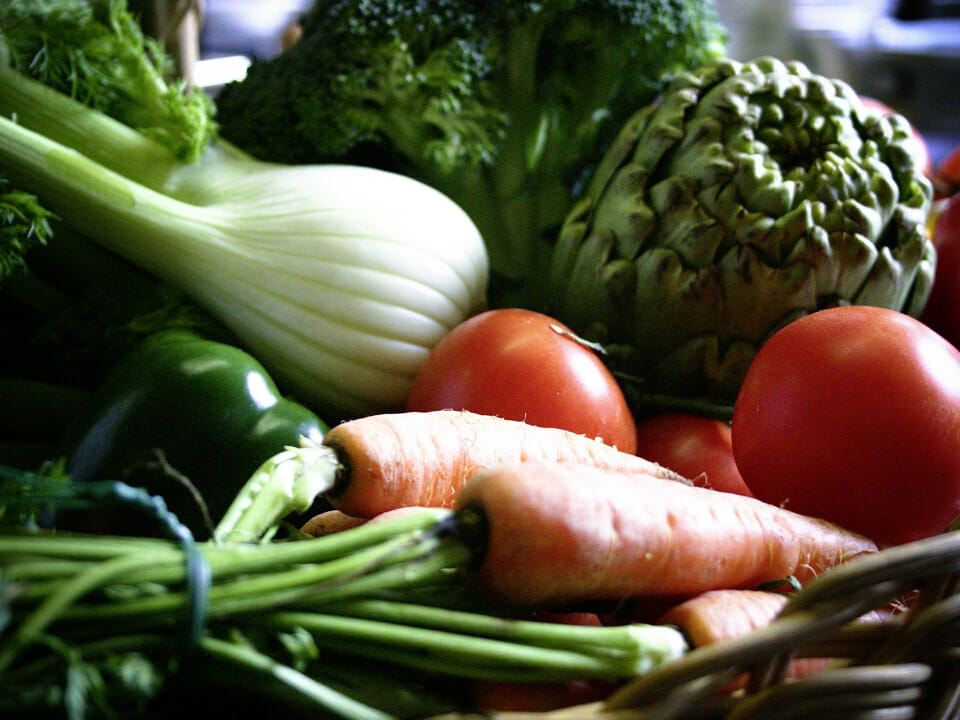
While indigenous to southern Mediterranean regions, fennel can now be found growing around the globe, from India to California. It’s hardy in zones 6-10, where temperatures are warm and mild, or between 60-70°F (15-21°C). This makes fennel a great plant to grow in your greenhouse!
Fennel is highly nutritious and a common ingredient in many kitchens. It has a strong anise-like flavor, which you may recognize in absinthe, a spirit for which fennel is one of the key ingredients!
Besides its many culinary uses, fennel is also known for its medicinal properties. Historically, people used fennel to treat pulmonary issues and to ward off evil spirits. Today, scientists recognize that fennel is particularly good for digestion and easing GI upset, though there are likely many other useful applications.
Whether you enjoy fennel dried in teas, or fresh in soups and salads, it’s a great plant to have around.
Types of fennel
There are two main types of fennel: bulb fennel, which is grown for its large, sweet bulb; and herb fennel, which is mainly grown for its flowers, leaves, and seeds. While similar, each type requires a slightly different approach to growing and harvesting.
Bulb fennel (Florence fennel or finocchio)
Foeniculum vulgare var. azoricum, also known as bulb fennel, Florence fennel, or finocchio, is an annual that grows upright 2-3 ft tall and is usually grown for its large, sweet bulbs. Bulb fennel is harvested when the bulb is about roughly the size of a tennis ball, before flowering. When left alone, it will typically bloom and you can harvest seeds to grow more fennel.
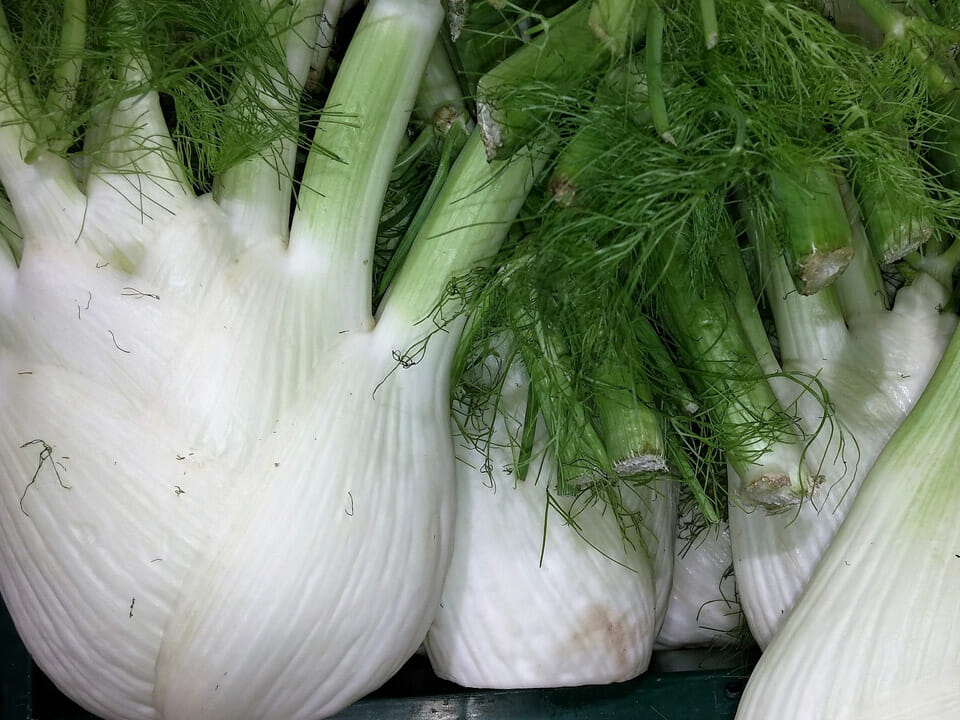
As the name suggests, bulb fennel is primarily grown from its round bulb at the base of the soil. These sweet bulbs can be eaten fresh, baked, or even grilled! The stalks are thick and celery-like and are also edible, though store-bought fennel often has these cut off.
Common varieties of Florence fennel to grow in the greenhouse include Zefa Fino and Orion.
Herb fennel (common fennel)
Foeniculum vulgare, often referred to as common fennel or herb fennel, is a herbaceous perennial fennel that will thrive all year long in your greenhouse. This type of fennel can grow up to 6 feet tall and will not produce large bulbs. Its stem is thick and bamboo-like, so while edible, it’s not the main point of attraction.

In warm, mediterranean climates, herb fennel is a prolific grower and even considered an invasive species in California. If allowed to flower freely,it can easily reproduce and take over an area.
That said, herb fennel is a great addition to the greenhouse. You can harvest its leaves and flowers for use in the kitchen, or allow the seeds to dry and then harvest these for use all year long!
How to grow fennel in a greenhouse
Now that you’ve picked your fennel, what’s the best way to grow it in the greenhouse? Fennel is sensitive to excessive heat and transplant shock, both of which will cause it to bolt prematurely. While most of its growing requirements are similar to growing it outdoors, you’ll need to take extra care to keep control of greenhouse temperatures.
Starting fennel from seed
If you’re starting either type of fennel from seed, it’s a good idea to do so early in the spring, since they tend to take a while to germinate. The ideal temperature for seed germination should be a minimum of 50°F (10°C) with a soil temperature of around 60-70°F.
When starting herb fennel in your greenhouse, it’s best to plant the seeds in their final destination, as they’ll establish a large taproot that doesn’t like to be disturbed. Otherwise, you can start them in seed trays but take extra care when transplanting them. Try RSI Hydroponic Floating Seeding Tray for a higher success rate of transplanting!
For bulb fennel, you can plant seedlings when they’re approximately 2-4 inches tall (in this case, the stronger, the better). Then, as the bulbs grow, you can stir up the soil around them to encourage larger bulb production. You can also hill the soil around the bulb to cover it and prevent it from turning green. This will help keep your fennel bulb sweet and white.
For both herb fennel and bulb fennel, it’s best to keep at least 10-12 inches between individual plants. This ensures plenty of room for their large roots, and airflow between the canopies to prevent disease.
Can you grow fennel in a pot?
Growing fennel in containers has many benefits, particularly in the greenhouse. First, it gives you the flexibility to move your fennel around the greenhouse. Most importantly, herb fennel has the tendency to take over under ideal conditions, so keeping it in a container is the best way to protect your other greenhouse plants.

Fennel is a plant that develops deep roots. When planting fennel in a pot, make sure the container is at least 1-2 feet deep, and fill it with loose, well-draining soil and organic matter.
Containers tend to dry out much faster than raised beds, which can encourage bulb fennel to flower prematurely. To avoid this, water your container-grown fennel regularly. You can even add a layer of mulch to the top of the soil to help lock in additional moisture.
How to care for fennel in a greenhouse
Once your fennel seedlings are established, they’ll need plenty of light, water, and nutrients to thrive. Most importantly, you’ll need to keep an eye on temperature, and prevent overheating with sufficient ventilation throughout your greenhouse. You can even install a greenhouse fan to cool things off.
Concerned about your greenhouse overheating? Check out these tips and tricks to keep things cool!
Light requirements
Both fennel types prefer full sun for at least 6-8 hours per day, and don’t tolerate shady conditions. Herb fennel may be a bit more tolerant of partial shade, but the bulb fennel is less so.
The benefit of growing fennel in a greenhouse is that you can extend the growing season. Take advantage of slightly cooler temperatures, and add a grow light to make sure your fennel gets enough light even during the dark winter months.
Watering requirements
When it comes to watering fennel, balance is key. The soil must be consistently moist but not soaking wet, which can result in root rot.
If the soil conditions become especially dry, your fennel can start to flower, or bolt, prematurely. This can negatively impact its taste, especially for bulb fennel. Too much water, on the other hand, will cause root rot or even cause the bulb to rot.
Soil requirements
Fennel is hardy to various pH levels, but soil with a pH balance between 7-8 is preferred. Fennel grows best in loose, sandy soil with plenty of organic matter.
Feeding the soil with additional fertilizer is not often necessary if you mixed in organic matter at the time of planting, but you can apply a nitrogen-rich fertilizer to promote the growth of large, healthy bulbs.
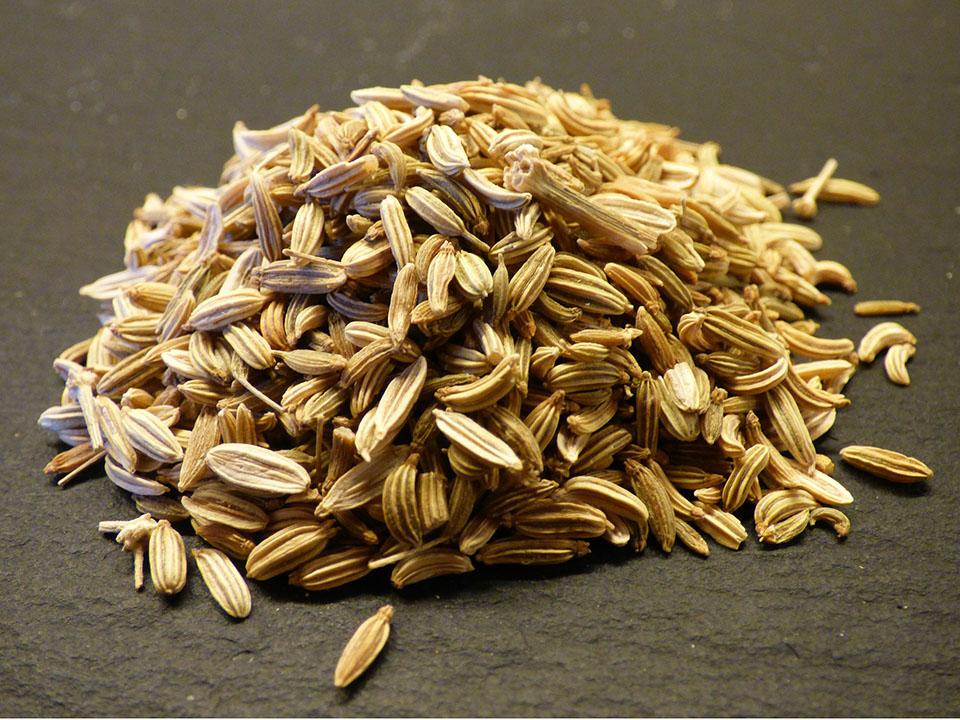
How to propagate your fennel
You can propagate herb fennel through seeds, which, when left alone, will spill onto the soil naturally in the wild for more plants to grow. You can also propagate fennel through the division of new growth, though you have to take care to disturb the taproots as little as possible.
Some people claim that you can grow fennel bulbs from scraps with varying degrees of success, but truly the best way to propagate fennel is to simply forgo harvesting the bulb and allowing the plant to flower and produce seeds.
Common problems with growing fennel in a greenhouse
The biggest challenge you’ll likely encounter when growing fennel in your greenhouse will be with fennel bulbs, which tend to want to flower earlier in greenhouses due to the warmer temperatures.
If your greenhouse overheats, your fennel can dry out, particularly when in a container. If you’re growing fennel to eat the bulbs, this will make them tasteless. But you can prevent it from flowering, if you catch it in time!
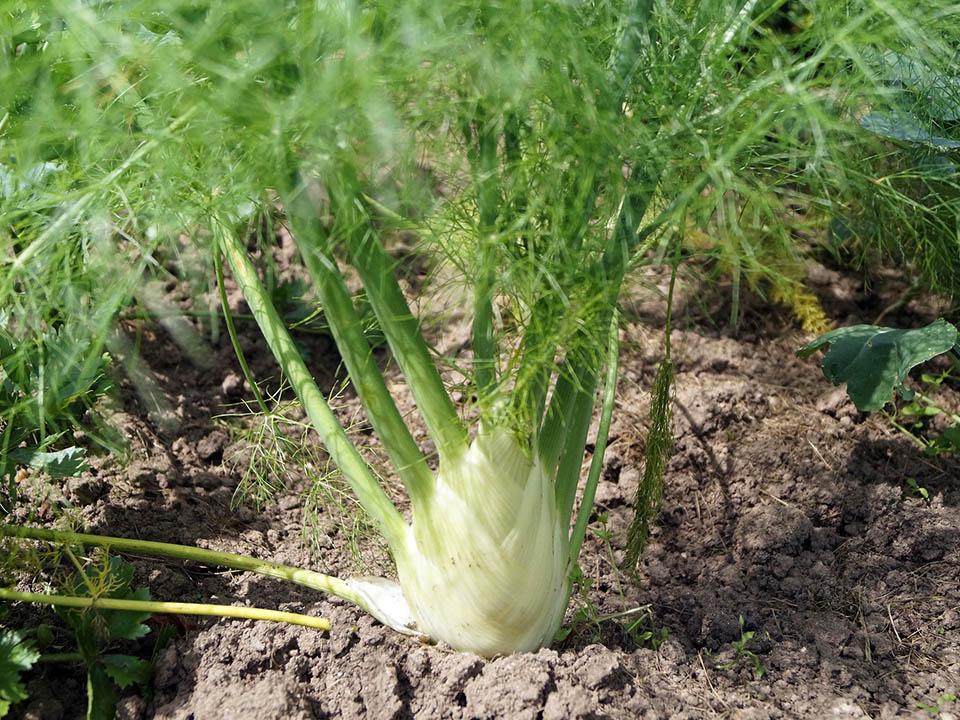
The best thing to do is to add mulch to the top of the soil to lock in moisture. If your greenhouse gets particularly hot mid-summer, add ventilation to help regulate the temperature. If you notice flowers beginning to develop, prune them back to preserve the taste of your fennel bulb for longer.
Herb fennel may start to droop if the soil becomes dry, but this is much easier to manage with a thorough watering.
Diseases
Fennel is most prone to fungal diseases like powdery mildew, which, as the name suggests, is characterized by mildew forming on the leaves. However, you may also find diseases such as Botrytis blight, or brown spotting on the leaves. You can treat both with neem oil in the evening, and we recommend heavily pruning the affected areas as spores will continue to spread.
Both fungal diseases occur due to poor air circulation and excessive moisture. You can prevent this by providing good circulation and plenty of space between plants. You can also water in the morning to prevent water from sitting on the leaves overnight.
Pests
Fennel is not particularly pest-prone, but occasionally, you may find aphids, whiteflies, snails, or slugs going after the leaves. You can treat your fennel by spraying the plants down to blast away adults and treat the plant with neem oil in the evening.
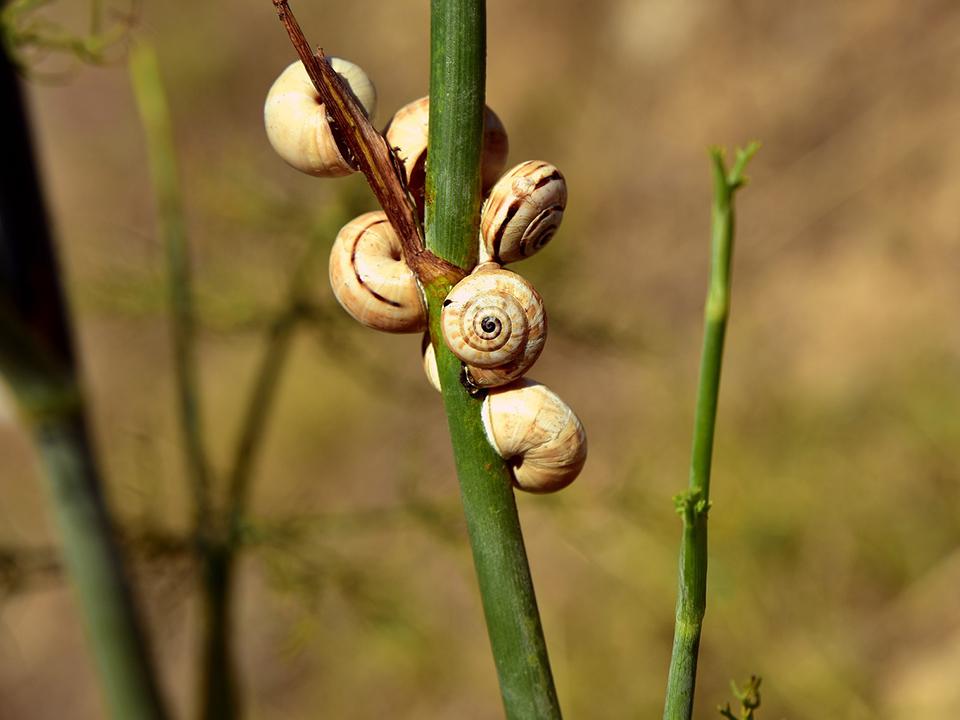
You can learn more about these greenhouse pests and diseases and how to prevent them here!
What should not be planted near fennel?
Unfortunately, fennel doesn’t make a great companion plant, as it has allelopathic properties. Meaning it can actually inhibit the growth of other plants. Fennel can also become quite invasive if allowed to spread undisturbed, season after season.
When planting in the greenhouse, make sure to provide enough space for your fennel to grow without overshadowing other plants. While dill and fennel will tolerate one another, they can cross-pollinate which will alter the taste of the flowers and seeds.
However, for the same reason that fennel is a popular herb in the kitchen, it’s also a good pest repellent. If you do want to grow a mixed garden, we recommend growing companion plants such as peas, lettuce, and cucumber. While lettuce will appreciate the extra shade that fennel provides, make sure that there’s enough space between plants.
How to harvest fennel
Herb fennel can be harvested for its leaves throughout the season. You can harvest the seeds once they turn brown by cutting the flowers and hanging them to dry in a paper bag in a cool and dry location. Once the seeds are completely dried out, they will pop off and fall into the bag.
Another way to harvest fennel seeds is by setting a cloth under the plant and simply shaking it to allow them to fall. Let the seeds fully dry out, then put them in a cool, dark location in an airtight jar to maximize storage time. If done this way, those seeds should be good for up to a year.
You can harvest bulb fennel once the bulbs reach about 3-4 inches, or about the size of a tennis ball. Letting the bulbs grow too large will negatively impact their flavor. Harvest the bulb by cutting them at the root just beneath the soil. You can keep the bulb in the fridge for a few days, but you should consume it quickly.

